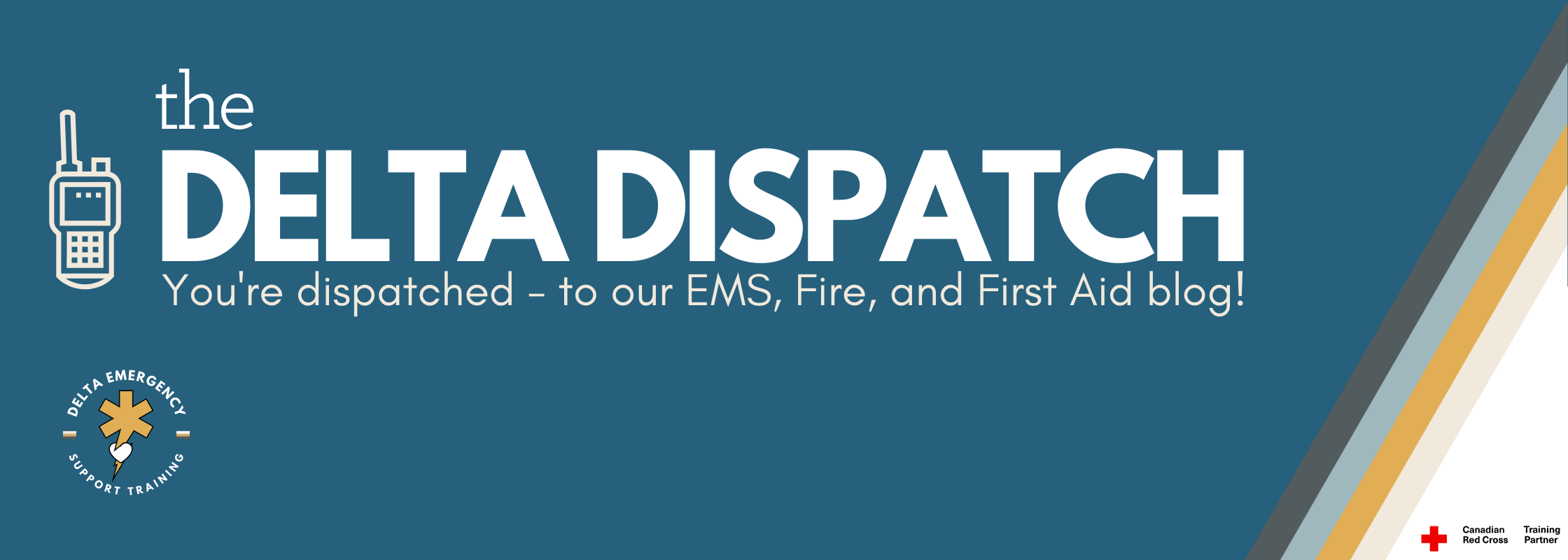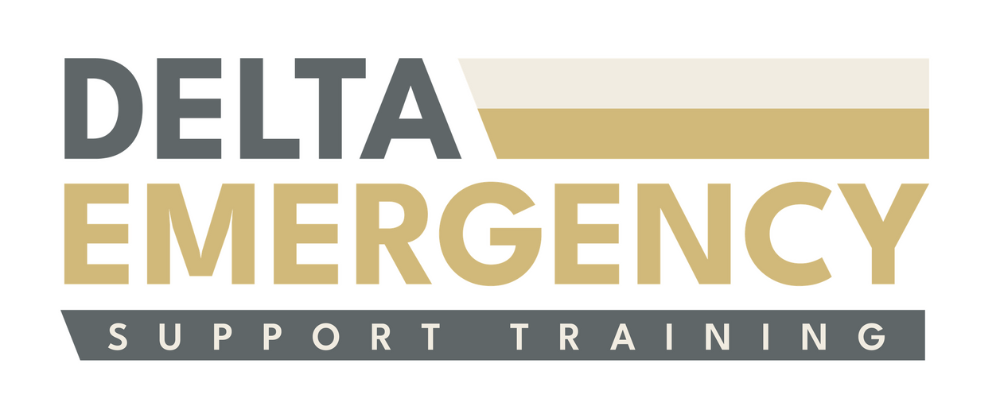Treating Gunshot Wounds: A Professional Responder’s Guide
/Gunshot wounds (GSWs) are among the most critical emergencies a responder can encounter. Severity depends on bullet type, trajectory, and location, making rapid assessment and precise intervention essential. Professional responders must be prepared to manage everything from external bleeding to life-threatening internal injuries.
Gunshot Wounds in Canada: Context & Stats
Understanding the prevalence and patterns of firearm injuries in Canada provides important context:
Between 2016–2020, Canada saw over 4,000 deaths and thousands of hospitalizations due to firearm injuries.
Fatal injuries are most often suicides (~72%), followed by homicides (~23%), with unintentional injuries and law enforcement incidents making up smaller percentages.
Non-fatal injuries frequently result from assault or accidental shootings, highlighting the need for skilled first responders.
Young adult males (20–34) are most commonly affected, emphasizing the importance of rapid intervention in high-risk scenarios.
Scene Safety & Initial Approach
Before approaching the patient:
Ensure scene safety. Gunshot incidents may occur in violent settings—confirm the area is secure and involve law enforcement if necessary.
Use proper PPE. Gloves, eye protection, and body protection may be required depending on the scene.
Triage and rapid assessment. Identify life-threatening injuries first, especially massive bleeding or airway compromise.
Primary Survey: C-ABCDE Approach
Professional responders often use a C-ABCDE approach, prioritizing massive bleeding first:
C – Massive Hemorrhage: Apply direct pressure, hemostatic dressings, or tourniquets (for limbs). Junctional areas may require packing or specialized devices.
A – Airway: Ensure airway is clear; use adjuncts if necessary. Be alert for obstructions from blood, tissue, or debris.
B – Breathing: Evaluate for chest injuries. Gunshot wounds to the thorax can cause pneumothorax, tension pneumothorax, or hemothorax.
C – Circulation: Monitor vitals, assess for shock, establish IV access if in scope, and be ready to administer fluids per protocol.
D – Disability: Evaluate neurological status (AVPU or GCS) and look for signs of head or spinal injury.
E – Exposure & Environment: Fully assess injuries while keeping the patient warm and preserving dignity.
Treating Gunshot Wounds by Location
Extremities (Arms & Legs)
Risks: Severe bleeding, fractures, nerve damage.
Intervention: Direct pressure, tourniquets for limbs, immobilize fractures, monitor for shock.
Junctional Areas (Groin, Axilla, Neck)
Risks: Major vessel injury; uncontrolled bleeding.
Intervention: Use pressure and hemostatic dressings; junctional tourniquet if available.
Chest
Chest injuries are especially dangerous due to risk of lung collapse, cardiac injury, or massive internal bleeding.
Signs: Difficulty breathing, sucking chest wound, rapid deterioration, shock.
Intervention:
Chest Seal: Apply to open chest wounds to prevent air entry and reduce risk of tension pneumothorax. Venting seals allow trapped air to escape.
Oxygen Support: Provide high-flow oxygen if trained.
Positioning: Keep the patient upright if comfortable to assist breathing.
Rapid Transport: Patients with chest GSWs require urgent trauma care.
Abdomen & Pelvis
Risks: Internal organ damage, significant bleeding.
Intervention: Cover exposed organs with sterile, moist dressings, avoid manipulation, monitor vitals, rapid transport.
Head & Neck
Risks: Airway compromise, brain injury, severe bleeding.
Intervention: Protect cervical spine, manage airway, control bleeding, rapid transport.
Special Considerations
Bullet Energy & Cavitation: High-velocity bullets create more tissue damage due to cavitation.
Shock & Hypovolemia: Internal bleeding may be hidden—monitor vitals closely and maintain patient warmth.
Infection Prevention: Stabilize the patient, then follow protocols for wound cleaning, antibiotics, and tetanus prophylaxis.
Documentation & Legal Obligations: In Canada, gunshot injuries often must be reported to authorities. Preserve evidence while delivering care.
Tools & Equipment for Responders
Hemostatic dressings / pressure dressings
Tourniquets for limbs
Chest seals for sucking chest wounds
Airway adjuncts (OPA/NPA)
IV fluids and monitoring equipment (per protocol)
High-flow oxygen
PPE for responder safety
Transport & Handover
Maintain bleeding control, airway, and vital signs during transport.
Provide a clear handover to receiving trauma center: wound location, number of shots, interventions performed, and patient vitals.
Summary
Gunshot wounds are complex and life-threatening. Professional responders must:
Rapidly control bleeding and manage airways.
Use chest seals for thoracic injuries.
Monitor for shock and hidden injuries.
Provide rapid transport to trauma centers with thorough documentation.
Proper training, situational awareness, and decisive action can significantly improve survival and reduce complications from GSWs.




